最近问了个朋友关于代码发布的问题,他们测试环境是用webhook,线上用的则是ansible。
介绍
那ansible是什么呢?在它的github主页介绍有段话
Ansible is a radically simple IT automation system. It handles configuration-management, application deployment, cloud provisioning, ad-hoc task-execution, and multinode orchestration - including trivializing things like zero downtime rolling updates with load balancers.
翻译下来就是:
ansible是一个很简单的IT自动化系统。它可以用来进行配置管理,应用部署,云资源分配,执行ad-hoc任务,还有多节点编排 - 包括琐碎的事情,如零停机更新与负载均衡器。
安装
- ubuntu
sudo apt-get install ansible
安装后的配置文件在/etc/ansible/目录,ansible.cfg为ansible配置文件,hosts为远程主机配置文件
- pip安装
若还未安装pip(安装和管理python包的工具),可执行下列命令安装
sudo easy_install pip
然后安装pip
sudo pip install ansible
特点
- 使用python编写
- ansible无需客户端,直接通过ssh来进行连接,这也意味着它比较慢,这也让ansible不需要在远程主机上启动守护进程,而且ssh数据传输是经过加密的,主机不容易被攻破,更安全
命令介绍
ansible中的临时命令的执行是通过Ad-Hoc来完成,能够快速执行,而且不需要保存执行的命令,例如:
ansible -i ~/hosts all -m command -a 'who' -u root
ansible web -u Ponny -m script -a '/home/vagrant/my.sh' //脚本是主机上的脚本
主要参数如下:
-u username 指定ssh连接的用户名,即执行后面命令的用户
-i inventory_file 指定所使用的inventory文件的位置,默认为/etc/ansible/hosts
-m module 指定使用的模块,默认为command
-f 10 指定并发数,并发量大的时候,提高该值
--sudo [-k] 当需要root权限执行的化,-k参数用来输入root密码
-a 使用模块的参数
playbook
在github上有playbook的简单示例,我自己编写了个简单的my.yml如下:
---
- hosts: webremote_user: Ponnytasks:- name: change dircommand: cd /Users/Ponny/localhost- name: test connectionfile: path=my.test state=touch owner=Ponny group=staff mode=0777
本来想的做法是先change目录,再创建文件,但似乎并不成功,因为task不能更改work目录
运行剧本:
ansible-playbook -i /etc/ansible/hosts my.yml
注意点
- command模块有个需要注意的地方
If you want to run a command through the shell (say you are using &#39;<&#39;, &#39;>&#39;,&#39;|&#39;, etc), you actually want the [shell] module instead. The [command] module is much more secure as it&#39;s not affected by the user&#39;s environment. &#39;creates&#39;, &#39;removes&#39;, and &#39;chdir&#39; can be specified after the command. For instance, if you only want to run a command if a certain file does not exist, use this.
就是说如果你用的命令里有 &#39;<&#39;, &#39;>&#39;, &#39;|&#39; 等这些符号&#xff0c;执行是不成功的&#xff0c;最好用shell模块来代替&#xff0c;


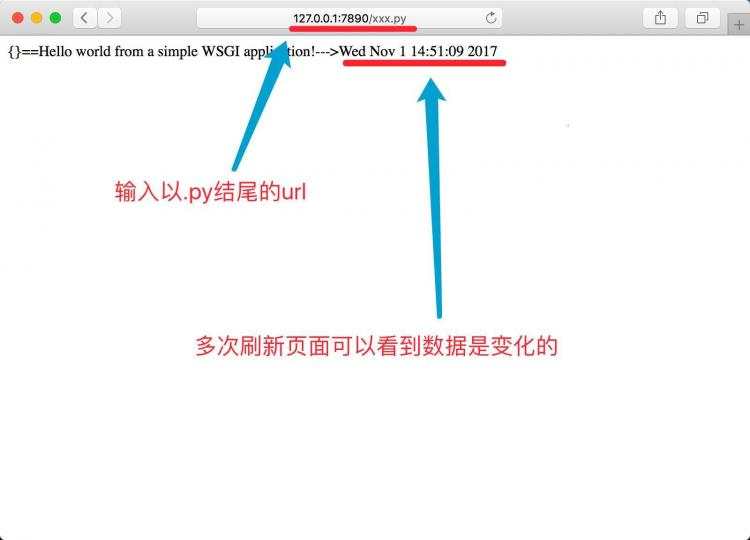

![Python3爬虫入门:pyspider的基本使用[python爬虫入门]](https://img1.php1.cn/3cdc5/324f/339/9d0ec9721f26646a.jpeg)
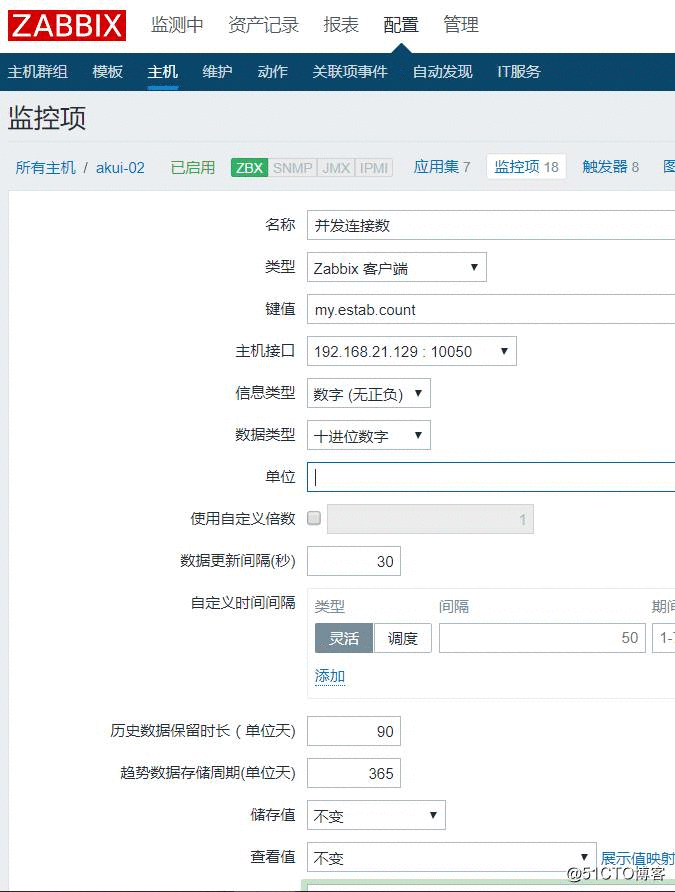

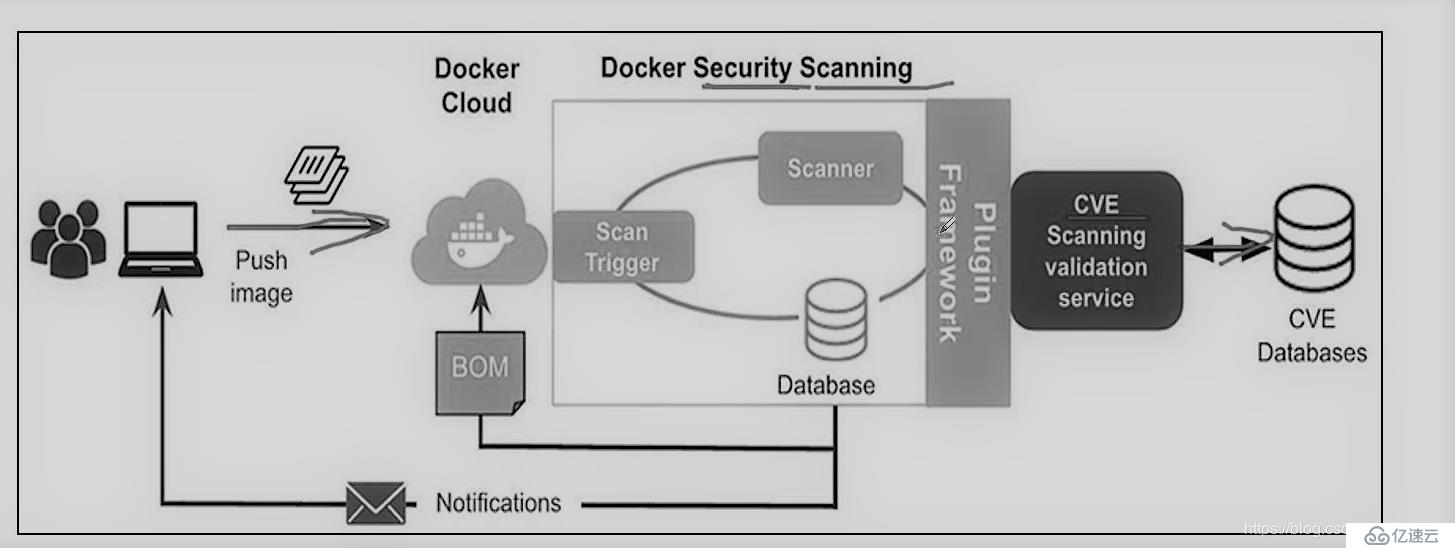
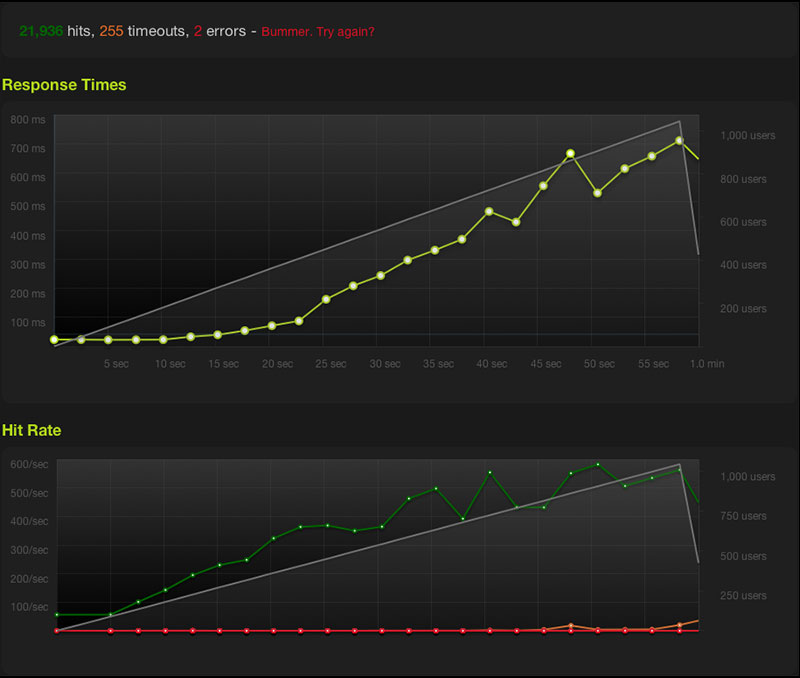
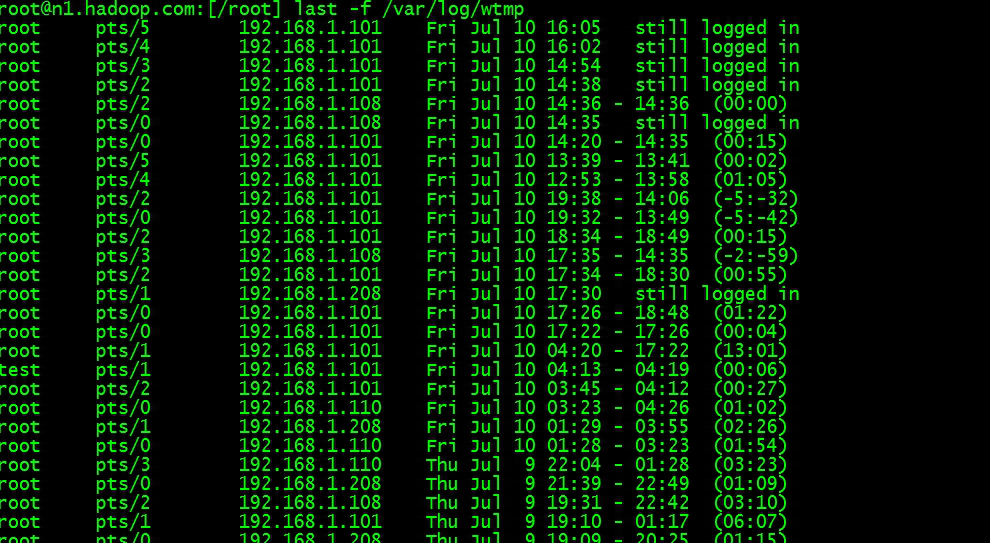




 京公网安备 11010802041100号
京公网安备 11010802041100号